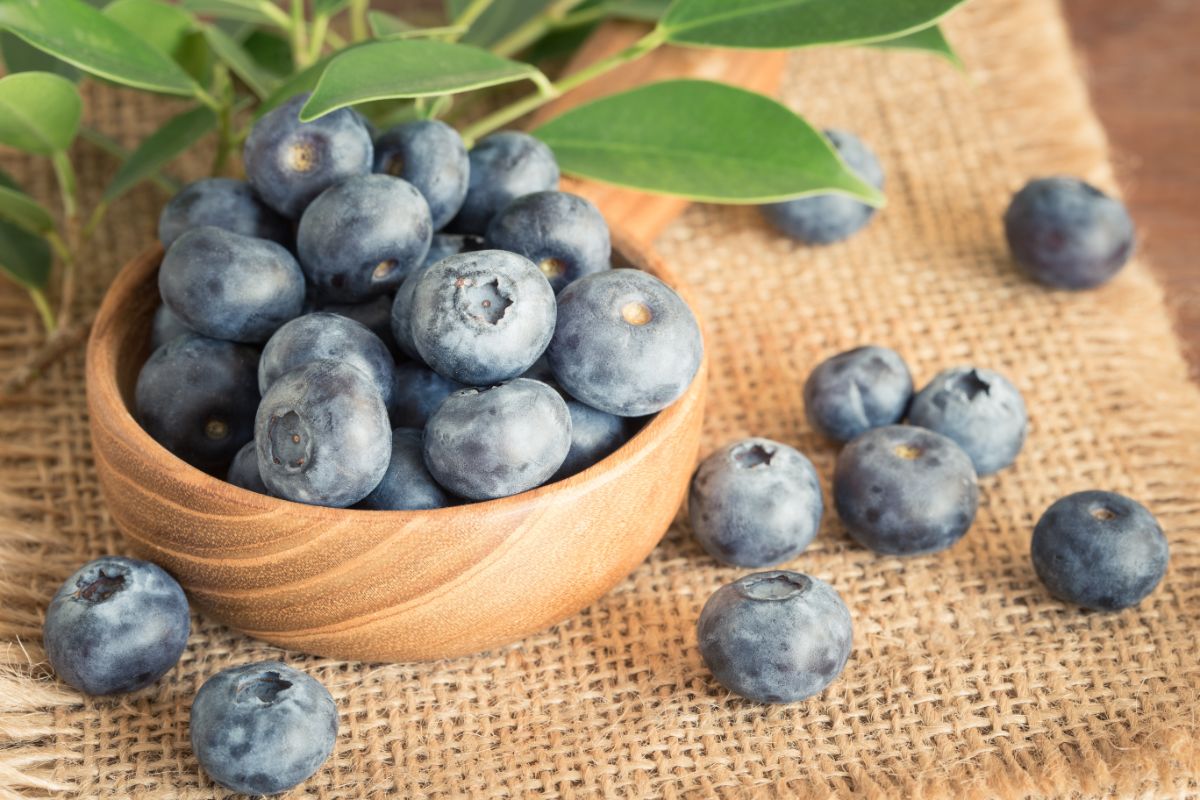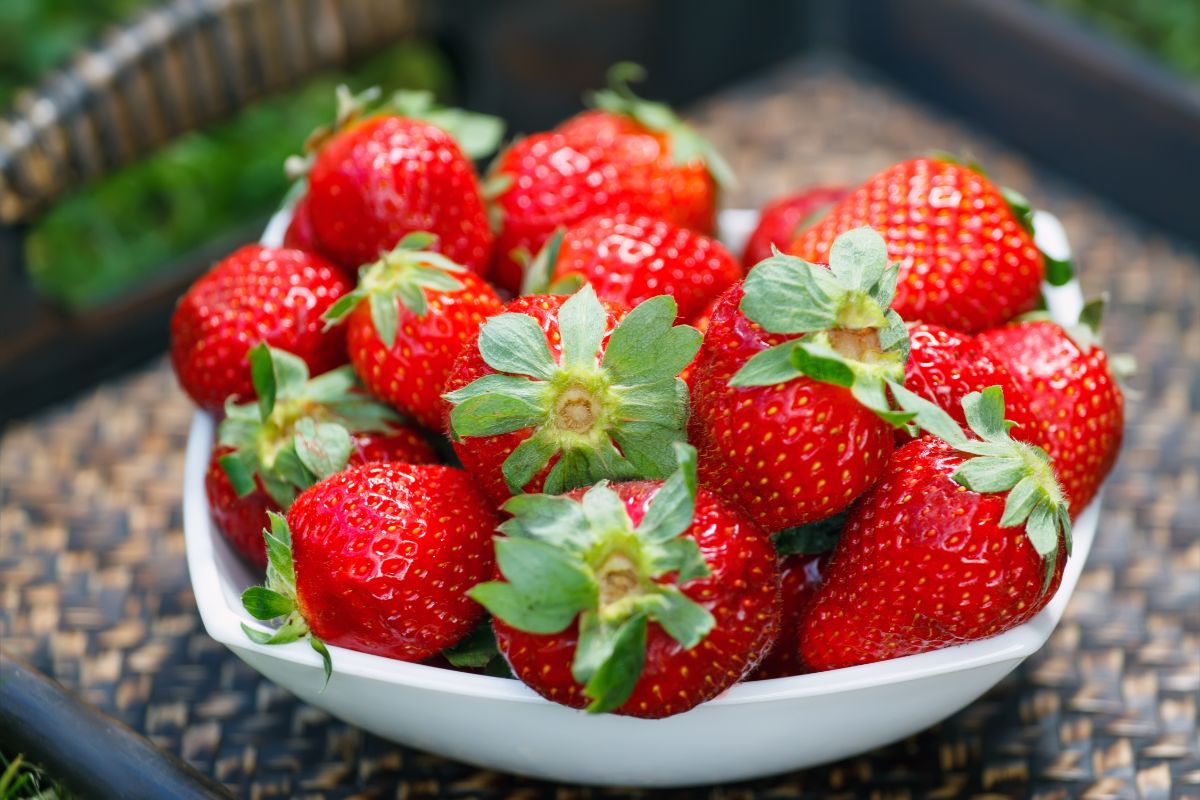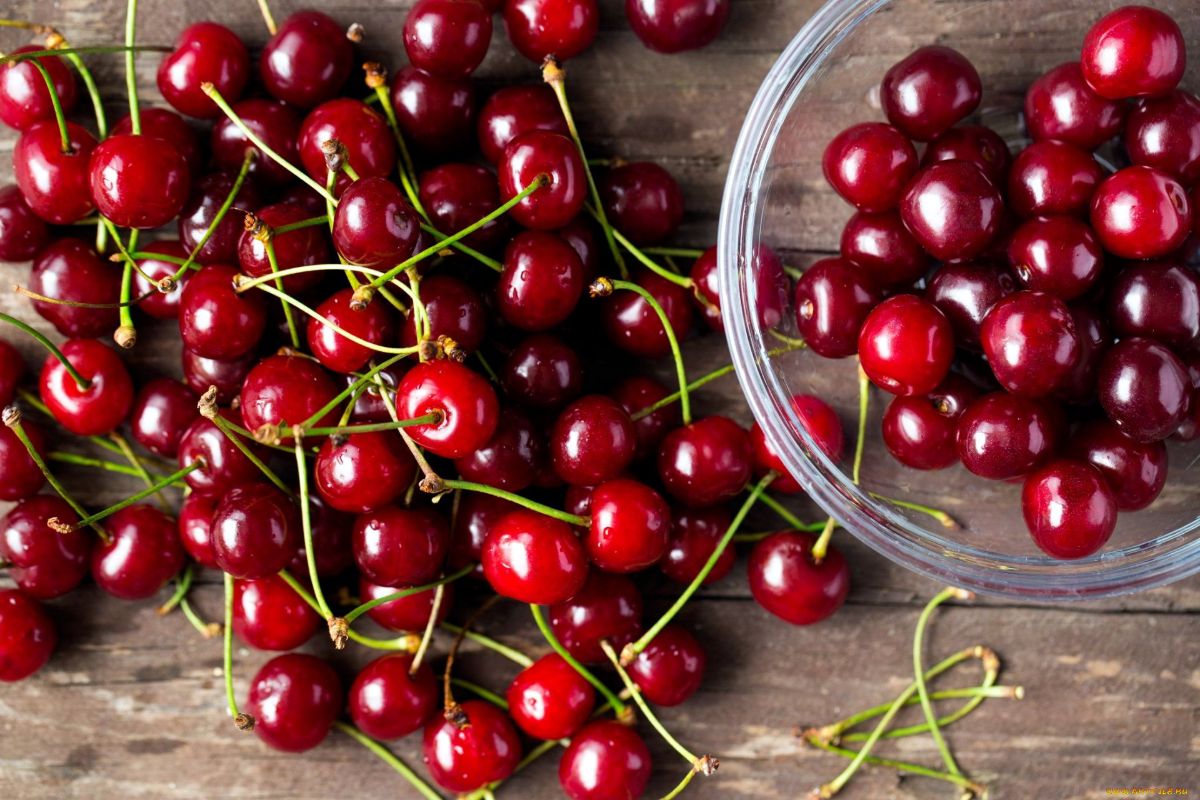What is useful for gooseberries — 9 facts about its effect on our body
Gooseberry is a deciduous shrub, the fruits of which are widely used in cooking, as well as in evidence–based and folk medicine.
Due to the content of valuable vitamins and antioxidants, gooseberries have beneficial properties for almost all organ systems. It improves the health of the heart and blood vessels, the central nervous and endocrine systems, and also allows you to reduce body weight and improve the aesthetic qualities of the skin.
Content
9 useful properties
Below are 9 main facts about the benefits of gooseberries based on evidence.
1. It is a source of valuable substances
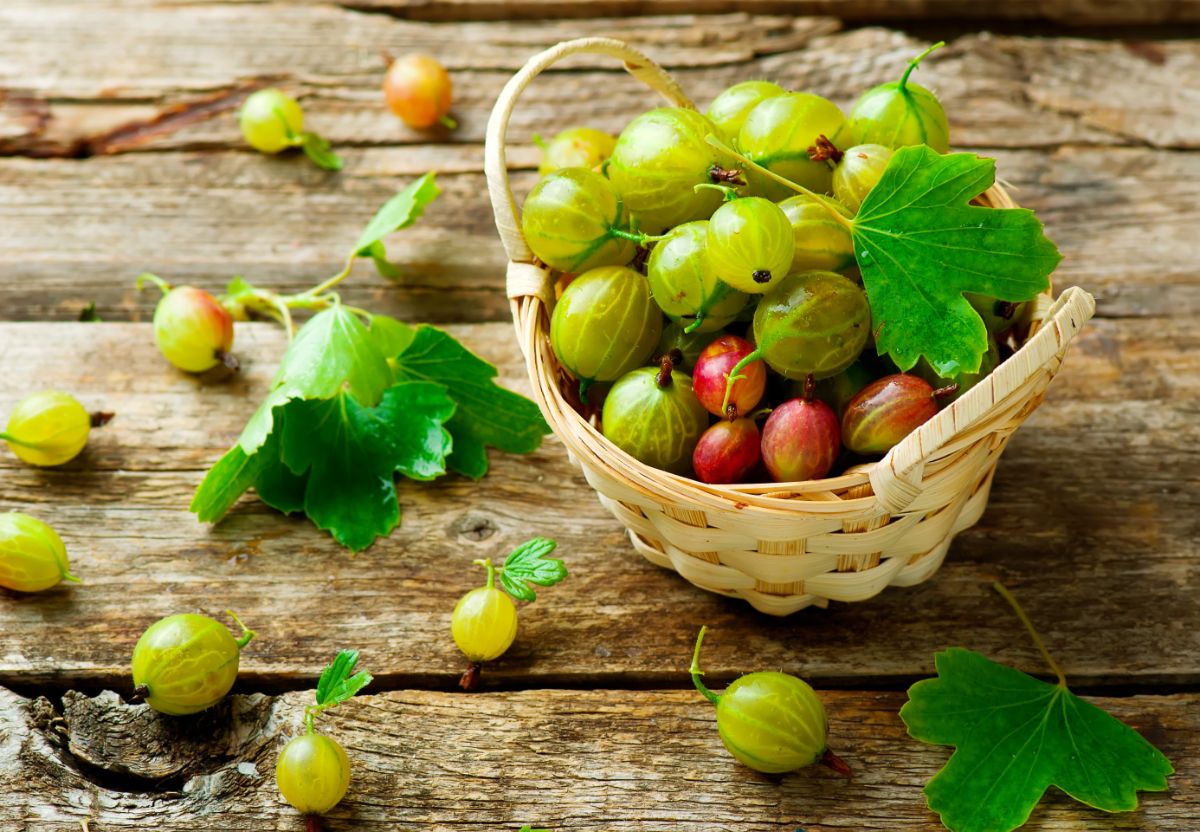
Gooseberries have a fairly low calorie content (about 44 kcal per 100 grams) and is a source of of the following biologically active components (per 100 grams):
| Name of the substance | Specific gravity or percentage of recommended daily requirement |
| squirrels | 0.7 grams |
| fats | 0.6 grams |
| carbohydrates | 10 grams |
| fiber | 4.6 grams |
| Vitamin C | 46 % |
| Vitamin A | 6 % |
| Vitamin B6 | 4 % |
| Vitamin B1 | 3 % |
| Vitamin B5 | 3 % |
| manganese | 7 % |
| potassium | 6 % |
| copper | 4 % |
| phosphorus | 3 % |
| iron | 2 % |
Each substance has a special role in the body:
- Vitamin C stimulates the immune system and improves the condition of the skin.
- Vitamin B5 is responsible for the synthesis of fatty acids.
- Vitamin B6 provides regulation of enzymatic processes.
- Copper and Manganese are necessary for the smooth functioning of the cardiovascular system.
2. Antioxidant effect
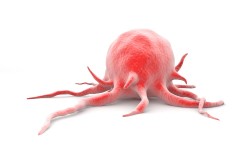 Gooseberries contain a huge amount of antioxidants – a special group of substances that prevent the effects of free radicals on all cells of the body.
Gooseberries contain a huge amount of antioxidants – a special group of substances that prevent the effects of free radicals on all cells of the body.
According to according to the latest scientific ideas, it is with free radical mechanisms that the development of malignant tumors, as well as some chronic diseases of the heart and blood vessels, and the endocrine system is associated.
The main antioxidant substances in gooseberries are: vitamin C, vitamin E and phytonutrients – special chemicals produced by plants to protect against solar radiation and insects. Phytonutrients include:
- Flavonols. Prevent the development of coronary heart disease, reduce the risk of stroke and cancerous tumors, improve the course of respiratory viral infections.
- Anthocyanins. Support Eye and urinary tract health, improve memory and attention, slow down aging.
- Organic acids. Proven their effectiveness in reducing the likelihood of developing Alzheimer's disease and stroke.
3. Blood glucose control
 Eating gooseberries is associated with a decrease in blood sugar concentration. The action of the plant is based on the following mechanisms:
Eating gooseberries is associated with a decrease in blood sugar concentration. The action of the plant is based on the following mechanisms:
- Slowing down the absorption of carbohydrates from the intestine. Gooseberry rich in fiber , which is partially blocks absorption of sugars and prevents sudden spikes in blood glucose.
- Slowing down the glitch transport z s . Gooseberry inhibits special groups of enzymes are alpha–glucosidases, which combine with sugar molecules and transport them through the blood vessels of the small intestine.
- Reduction of insulin resistance. Antioxidants increase sensitivity of peripheral tissues (muscle and fat) to insulin and accelerate the utilization of glucose by cells.
The described properties allow the plant to be used not only for the treatment of type II diabetes mellitus, but also for the prevention of early development of this pathology.
4. Improving brain health
 Some degenerative brain diseases are directly or indirectly related to iron metabolism disorders.
Some degenerative brain diseases are directly or indirectly related to iron metabolism disorders.
Proven that a high concentration of iron ions increases the rate of formation of free radicals that destroy or damage brain cells.
Gooseberry, according to research data , contains citric acid, which blocks the accumulation of iron in cells and can prevent the development of pathologies such as stroke and Alzheimer's disease.
Additional contributions are made phytonutrients that improve metabolism in brain tissues.
5. Anticancer effect
 Installed
that eating any berries (including gooseberries) rich in antioxidants and phytonutrients reduces the likelihood of developing cancer.
Installed
that eating any berries (including gooseberries) rich in antioxidants and phytonutrients reduces the likelihood of developing cancer.
At the same time, how claim experts from Taiwan, gooseberry is effective even with pre-existing tumors. It promotes their reverse development and prevents metastasis.
According to a number of studies ( times , two ), gooseberry is effective in preventing malignant cell degeneration of the following organs:
- Large intestine;
- Rectum;
- Lungs;
- Prostate gland;
- Mammary glands.
6. Improving the health of the heart and blood vessels
 Gooseberries are rich in antioxidants and potassium, which support the health of the cardiovascular system.
Gooseberries are rich in antioxidants and potassium, which support the health of the cardiovascular system.
According to research , antioxidants reduce total cholesterol (as well as its atherogenic fractions), which prevents the formation of atherosclerotic plaques on the walls of blood vessels and the appearance of the following diseases: coronary heart disease and myocardial infarction, chronic cerebral ischemia, stroke.
In the opinion of scientists from the UK, potassium and a number of phytonutrients cause relaxation of the smooth muscles of the vascular walls, which leads to a decrease in total peripheral vascular resistance and a decrease in blood pressure.
Gooseberries can be used not only to relieve hypertension, but also to prevent the early development of this pathology.
7. Weight loss
 According to the data
American scientists, the inclusion of any fruits, vegetables or berries in the diet is associated with the loss or maintenance of body weight.
According to the data
American scientists, the inclusion of any fruits, vegetables or berries in the diet is associated with the loss or maintenance of body weight.
In the opinion of experts from the UK, eating gooseberries causes a rapid development of a feeling of satiety (due to an overload of the stomach volume due to swelling of fiber). As a result, a person consumes fewer calories over the next few hours.
On average, when taking berries, fixed reducing food intake by 130 calories in 1 meal.
Vitamin C plays an equally important role in weight control. It accelerates the destruction of adipose tissue cells in order to obtain energy, and also prevents the formation of new fat depots.
8. Benefits for children
 Gooseberry rich
vitamins, antioxidants and minerals, which are necessary for the proper development of all organ systems of the child. The plant has the following effects:
Gooseberry rich
vitamins, antioxidants and minerals, which are necessary for the proper development of all organ systems of the child. The plant has the following effects:
- Increased immunity in the child. The berry prevents the development of systemic and respiratory infectious and inflammatory pathologies.
- Normalization of motor evacuation function of the intestine. Fresh gooseberries are especially effective against constipation.
- Prevention of inflammatory bowel diseases (gastritis, duodenitis).
- Prevention of vitamin deficiency and other deficient conditions in children.
Gooseberries should be introduced into the diet no earlier than 12 months after the birth of the child.
It is important to note that gooseberries are recommended for women during pregnancy. The plant prevents the development of preeclampsia, gestational diabetes mellitus, prevents the formation of constipation. It also strengthens the immune system of the mother and fetus, reducing the risk of infectious processes.
9. Improvement of the skin condition
 Gooseberry has a complex effect on the condition of the skin. The basis of this effect is lies
A unique combination of vitamins, minerals and antioxidants:
Gooseberry has a complex effect on the condition of the skin. The basis of this effect is lies
A unique combination of vitamins, minerals and antioxidants:
- Vitamin C stimulates the synthesis of collagen, which is responsible for the smoothness and elasticity of the skin. Ascorbic acid also prevents the development of infectious and inflammatory pathologies of the skin and mucous membranes.
- Organic Acids prevent the formation of wrinkles and black dots.
- Retinol has a pronounced anti-inflammatory effect, and also stimulates the regeneration of any damaged areas of the skin.
- Potassium causes the expansion of small capillaries, contributing to the normalization of metabolism and hydration of the skin.
Gooseberries are not only taken orally, but also make face masks based on it, as well as various creams.
Harm and contraindications
 Despite the mass of medicinal properties, gooseberries can harm the human body. It is contraindicated in the following conditions:
Despite the mass of medicinal properties, gooseberries can harm the human body. It is contraindicated in the following conditions:
- Hypersensitivity. In the presence of allergic reactions to gooseberries in the anamnesis, it is forbidden to use it.
- Exacerbation of chronic diseases of the digestive system. The berry can worsen the course of gastritis, duodenitis, peptic ulcer of the stomach and duodenum.
- Breastfeeding. Gooseberries are able to disrupt the motor activity of the intestines of a child in the first months of life.
Admission rules
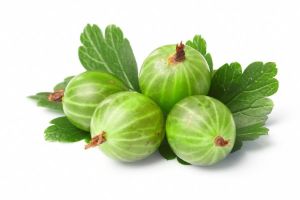 The most common questions about eating berries are discussed below:
The most common questions about eating berries are discussed below:
- Method of admission . The most useful way to eat gooseberries is in their raw form. Even better, a few hours after the collection.
- Daily allowance. You can eat no more than 200-300 grams per day.
- Reception time. Gooseberries should not be taken less than 2.5 hours before bedtime (this will overload the digestive system and disrupt sleep), as well as in the morning on an empty stomach (this can provoke an exacerbation of chronic pathologies of the gastrointestinal tract).
- Combination. The plant goes well with other berries, fruits and vegetables. It is part of many desserts based on chocolate and nuts, and serves as an excellent accompaniment for dairy products. It is ideally combined with currants. At the same time, currants (especially black ones) are even more useful than gooseberries, since they contain 6 times more ascorbic acid.
- The color of the berries. The most valuable are green varieties of gooseberries, as they contain more vitamin C and anthocyanins. Red and black varieties contain slightly less vitamin C.
- Is it possible to eat unripe fruits? Yes! The only disadvantage of unripe gooseberry berries is the sour and slightly bitter taste.
- Bone application. Gooseberry seeds have no practical use. Do not consume them orally.
Saving for winter
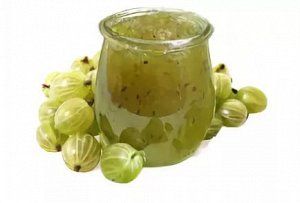 It is quite possible to extend the shelf life of gooseberries, while preserving valuable vitamins and antioxidants. There are several simple ways:
It is quite possible to extend the shelf life of gooseberries, while preserving valuable vitamins and antioxidants. There are several simple ways:
- Freezing. This option is the most useful, since frozen gooseberries retain almost their original composition. Each berry is pierced (with a needle or fork) and laid out on a tray. It freezes for 6-8 hours. Then the fruits are poured into a bag. Gooseberries in this form can be stored for up to 12 months.
- Drying. In the process of moisture evaporation, the energy value and concentration of carbohydrates and fiber increase several times. To dry, the berries are placed in an oven and dried for about 10-12 hours at a temperature of 50-70 degrees. Dried gooseberries are contraindicated for people with diabetes and obesity.
- Jam. Gooseberry jam has a high energy value, contains an excessive amount of carbohydrates. To prepare it, mix 300 ml of water with 1,200 grams of sugar. Bring the mixture to a boil and cook over low heat until the sugar is completely dissolved. Then add 1,000 grams of gooseberry berries to the composition and let it stand for 5-6 hours. Then bring the mixture to a boil again and put it in jars, roll it up. It is better for people with diseases of the endocrine and cardiovascular systems to abandon such a dish.
3 cooking recipes
Below are several recipes based on gooseberries.
1. Tea
Ingredients:
- Dried gooseberry leaves – 2 tbsp. l.;
- Sugar – to taste;
- Mint – 1 sprig;
- Water – 350 ml.
Recipe:
- Pour boiling water over the leaves. Brew for about 5 minutes.
- Add sugar and mint, mix. Let stand for another 2-3 minutes. Tea is ready!
2. Compote
You will need:
- 200 grams of gooseberries;
- 1000 ml of water;
- 50 grams of sugar.
Cooking scheme:
- Sort the berries, remove the stems, rinse.
- Bring the water to a boil, add sugar. Stir thoroughly until completely dissolved.
- Make a small hole in each berry (with a fork, needle, knife).
- Mix all the ingredients. Simmer for 5-7 minutes.
- Strain, cool in the refrigerator for 2-5 hours.
3. Morse
You will need:
- 200 grams of gooseberries;
- 120 grams of black currant;
- 100 grams of sugar or 65 grams of honey;
- 1000 ml of water.
Recipe:
- Wash the berries, remove the stems.
- Mix sugar with currants. Mash the berries with a masher.
- Rub the currants with sugar through a sieve. Leave the cake. Remove the juice for any needs (it will no longer be needed).
- Cut each gooseberry fruit into 2 equal parts, mix with "currant" cake.
- Pour the mixture with water, put it on fire. Bring to a boil and cook for about 3-4 minutes over low heat.
- Strain. Put it in the refrigerator for a few hours. The product is ready.
Conclusion
- Gooseberries contain a lot of vitamins, antioxidants, micro- and macroelements.
- It improves the health of the cardiovascular, endocrine and central nervous systems, reduces body weight and improves the condition of the skin.
- Berry is recommended to be included in the diet during pregnancy in order to prevent complications.
